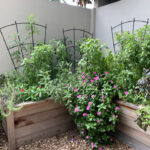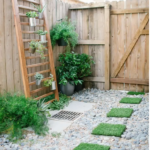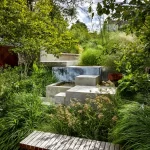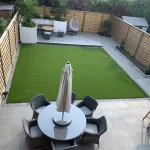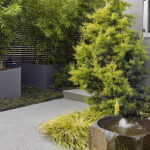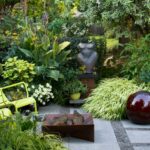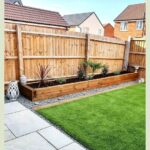Small garden design is a great way to maximize the use of limited outdoor space. In urban areas where green space is scarce, creating a small garden can provide a peaceful sanctuary and a connection to nature. With careful planning and consideration, even the tiniest of outdoor spaces can be transformed into a beautiful and functional garden.
One key aspect of small garden design is maximizing vertical space. Utilizing walls, fences, and trellises for climbing plants such as vines, ivy, or clematis can add height and visual interest to a small garden. Hanging baskets and vertical planters can also be used to grow a variety of plants without taking up precious ground space.
Choosing the right plants for a small garden is crucial. Opting for dwarf and compact varieties of plants, such as dwarf shrubs, small trees, and petite perennials, can help prevent overcrowding and allow for better airflow and sunlight penetration. Additionally, selecting plants with varying bloom times can ensure year-round interest in the garden.
Incorporating multipurpose elements into a small garden design can help maximize functionality. For example, using a bench with built-in storage or a table that doubles as a plant stand can save space and serve multiple purposes. Creating designated areas for dining, relaxing, or gardening can help organize the space and make it more enjoyable to spend time outdoors.
Creating visual interest in a small garden can be achieved through the use of color, texture, and shape. Mixing different plant sizes, shapes, and textures can add depth and dimension to the garden. Incorporating hardscaping elements such as paths, borders, and raised beds can also create structure and definition within the space.
In small garden design, proper maintenance is key to ensuring the longevity and health of the plants. Regular watering, pruning, and weeding are essential tasks to keep the garden looking its best. Additionally, making use of containers and raised beds can make maintenance easier by containing plants in specific areas and reducing the risk of invasive roots spreading throughout the garden.


